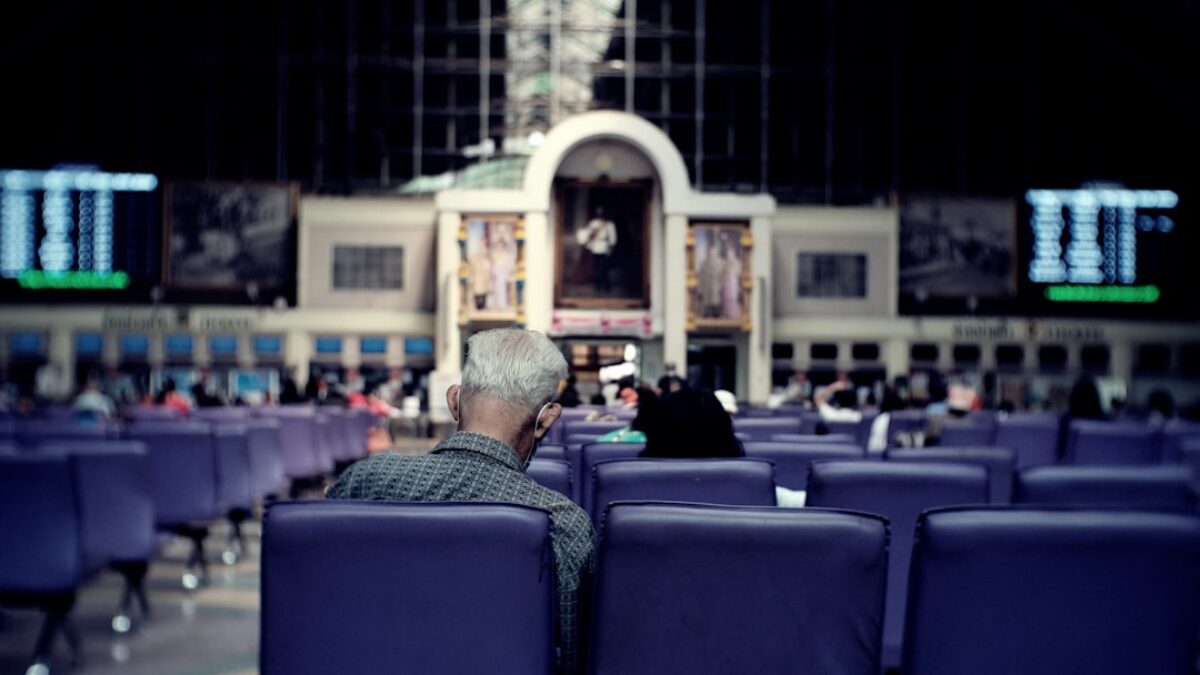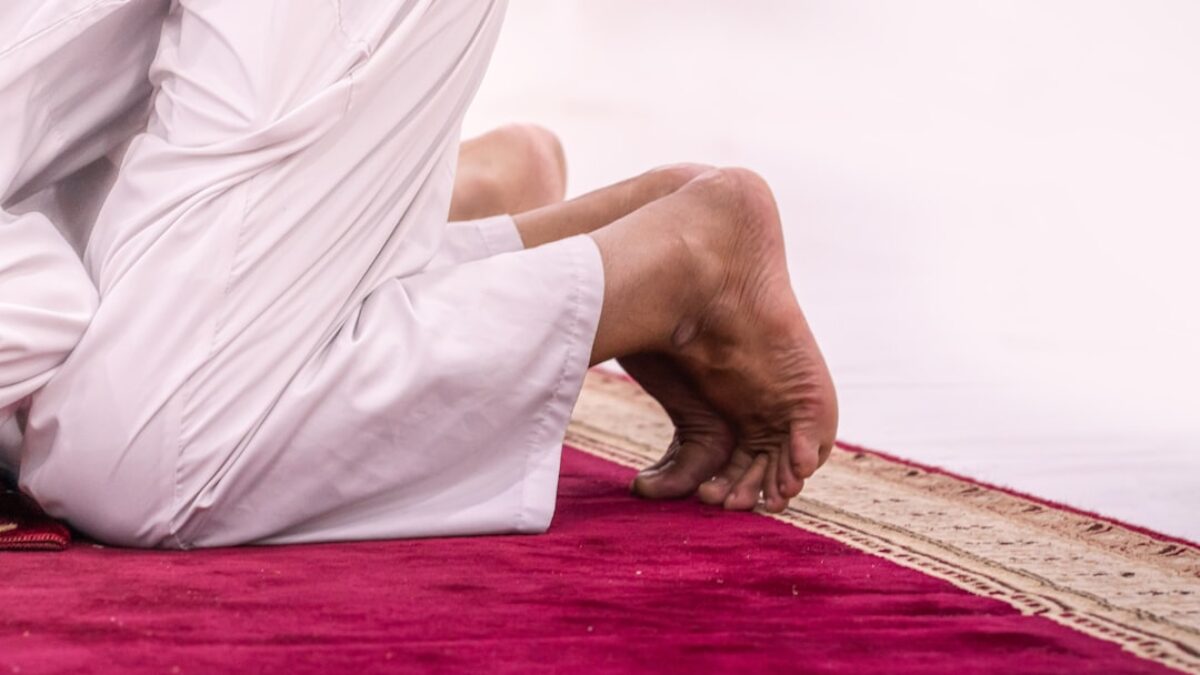When the world slips into silence and distractions fade, a hidden door to divine intimacy opens. Qiyam al-Layl—often translated as “standing in the night”—is that sacred corridor where the soul meets its Lord in the quiet hours before dawn. Although it is a voluntary act, its spiritual voltage is unmatched: hearts soften, sins dissolve, and destiny is rewritten. This ultimate guide walks you, step-by-step, through the classical method of Tahajjud and its wider family of night prayers, equipping you with the practical tools and inner map to unlock spiritual power that lasts long after sunrise.
Understanding Qiyam al-Layl
Definition and Linguistic Roots
The Arabic phrase Qiyam al-Layl literally means “standing at night.” In Islamic law, it refers to any supererogatory prayer performed after Isha and before Fajr, whether in the early night, the middle, or the last third. The Prophet ﷺ most often used the term Tahajjud to describe the late-night portion of Qiyam, typically after sleeping.
Spiritual Significance in the Qur’an and Sunnah
- Allah addresses it first: “And rise in the night, for it is additional for you; perhaps your Lord will resurrect you to a praised station” (17:79).
- The Prophet’s practice: “The best prayer after the obligatory is the night prayer” (Muslim).
- Early community: The Salaf called night prayer “the marrow of worship” because it strips away pretence and exposes sincerity.
Components and Terminology
- Witr: Odd-numbered prayer that must be offered every night; time extends until Fajr.
- Tahajjud: Optional cycles performed after sleeping and before Witr. Minimum two rakʿat, no upper limit.
- Taraweeh: Collective Qiyam in Ramadan, usually 20 rakʿat.
- Shafʿ: The even pair preceding Witr, often counted as part of it.
Key Components of Qiyam al-Layl
Preparation: Physical, Mental, and Spiritual Priming
1. Intention (Niyyah)
Silently articulate: “I intend to pray two rakʿat of Tahajjud seeking Allah’s pleasure.” The heart must match the tongue.
2. Sleep Early
The Prophet ﷺ disliked late-night chatter. Aim to sleep by 10 p.m. to wake refreshed at 3–4 a.m., the last third of the night when Allah descends in a manner befitting His majesty.
3. Minimal Eating
Heavy meals dull the heart. The Prophet ﷺ said, “The worst container a human fills is his stomach.”
4. Spiritual Warm-ups
- Istighfar (seeking forgiveness) 70–100 times.
- Recite Surah al-Mulk and al-Sajdah before sleep; they intercede at night.
- Perform ablution with mindfulness—each drop erasing sins.
Step-by-Step Method for Tahajjud
- Wake up using multiple alarms or a dedicated musalla buddy.
- Light a miswak; the Prophet ﷺ said it pleases Allah more than the fragrance of musk.
- Face qiblah, lower the gaze, and begin with the dua of waking.
- Pray two short rakʿat of sunna of Tahajjud as the “greeting of the mosque.”
- Supplicate the Qunoot after rising from ruku in the final rakʿah of Witr.
Recommended Number of Rakʿat
| Scenario | Tahajjud Rakʿat | Witr Rakʿat | Total |
|---|---|---|---|
| Beginner | 2 | 1–3 | 3–5 |
| Regular | 6–8 | 3 | 9–11 |
| Advanced | 12 | 3–5 | 15–17 |
Recitation and Remembrance Techniques
Alternate long and short surahs to maintain concentration:
- Cycle 1: al-Fatiha + Ayatul Kursi (spiritual fortress).
- Cycle 2: al-Ikhlas, al-Falaq, an-Naas (seeking protection).
- Cycle 3: al-Mulk (reflect on creation).
- Cycle 4: ar-Rahman (gratitude).
Duas and Adhkar After Prayer
- Sayyid al-Istighfar once.
- Salat al-Ibrahimiyya 10 times.
- Personal dua list: Categorize into dunya, akhira, and ummah.
Benefits and Importance
Spiritual Transformation
The night prayer polishes the heart until it becomes a mirror reflecting the Divine. Imam al-Ghazali teaches that “Whose night is luminous, their day will not darken.”
Psychological Well-being
- Reduced anxiety: Clinical studies show lowered cortisol in those who pray at night.
- Sharper focus: Less screen time translates to more strategic thinking.
- Habit stacking: Once Tahajjud is anchored, other disciplines—Qur’an memorization, charity, exercise—follow naturally.
Social Impact
Communities with regular Qiyam produce justice-oriented leaders. The Prophet ﷺ said, “You will not enter paradise until you believe, and you will not believe until you love one another… Spread peace among yourselves.” Night prayer softens egos, making unity possible.
Eschatological Weight
On the Day of Judgment, when faces are darkened by sins, the light of Tahajjud will illuminate the believer’s face. The Prophet ﷺ will recognize his Ummah by the marks of prostration and the glow of nocturnal devotion.
Practical Applications
Building a Sustainable Routine
Week 1: Foundation Phase
- Go to bed 30 minutes earlier.
- Set one alarm at 4:00 a.m.
- Pray only 2 rakʿat Tahajjud + 1 Witr.
Week 2–3: Expansion Phase
- Increase Tahajjud by two rakʿat every three days.
- Add Surah al-Duha recitation after prayer.
- Track progress in a dedicated journal: date, verses recited, dua topics.
Week 4: Integration Phase
Merge night prayer into a macro-productivity system:
- 5:15 a.m. – Finish Witr.
- 5:20 a.m. – Plan the day using barakah time.
- 5:30 a.m. – Begin Qur’an memorization.
- 6:00 a.m. – Exercise, then Fajr.
Family and Community Strategies
Transform your home into a mini-mosque:
- Shared alarm: Use a soft adhan ringtone audible in every room.
- Kids’ corner: Teach children 3-minute “tiny Tahajjud” with short surahs and stickers for consistency.
- Couple’s bond: Alternate who leads the prayer, fostering mutual humility.
- Neighbourhood WhatsApp: Create a silent support group that sends nightly inspiration rather than gossip.
Troubleshooting Common Obstacles
| Obstacle | Root Cause | Solution |
|---|---|---|
| Sleep inertia | Dehydration at night | Drink 200 ml water immediately on waking |
| Mind racing | Unresolved daytime stress | Write a “brain dump” list before bed |
| Family resistance | Fear of fanaticism | Share wisdom gradually, show improved character |
Frequently Asked Questions
What is the exact difference between Tahajjud and Qiyam al-Layl?
Qiyam al-Layl is the overarching term for any voluntary prayer at night. Tahajjud is a subset that specifically requires waking after sleep. Thus, all Tahajjud is Qiyam al-Layl, but not all Qiyam al-Layl is Tahajjud (e.g., Taraweeh prayed before sleeping).
Do I have to sleep first, or can I pray Tahajjud immediately after Isha while still awake?
The majority of jurists state that sleeping first is sunnah to fulfill the linguistic meaning of Tahajjud (seeking the night). However, if you fear missing it due to deep sleep, praying after Isha is permissible and rewarded as Qiyam.
How do I wake up without disturbing family members who are light sleepers?
- Use a vibrating wrist alarm.
- Place phone on a soft towel inside a drawer to muffle sound.
- Sleep in clean, loose garments to avoid rustling.
Can women pray Tahajjud during menstruation?
During menstruation, formal prayer is not valid. Instead, engage in dhikr, dua, and Qur’an listening. Scholars recommend reciting Surah al-Imran verses 190–200 or Surah al-Zumar for
























Post Comment